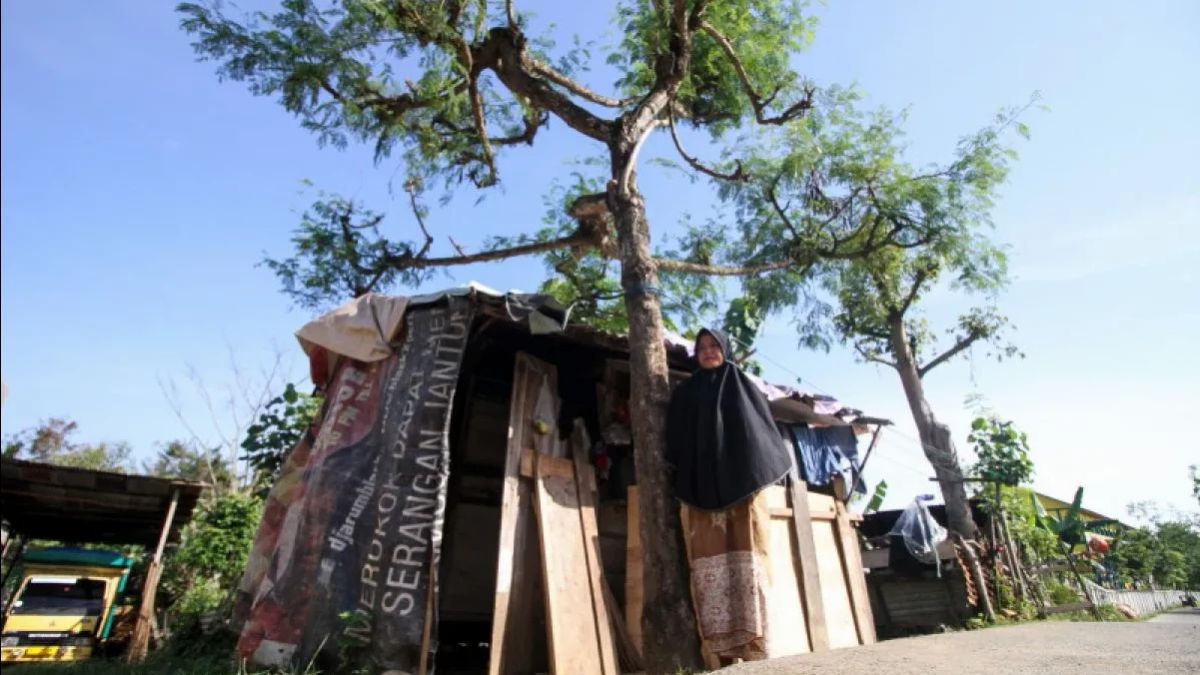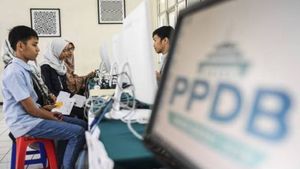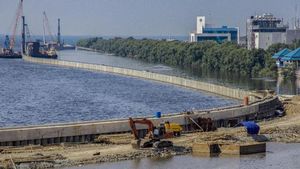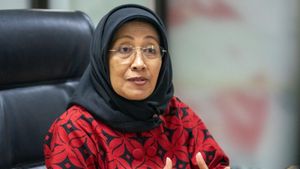JAKARTA - The Coordinating Ministry for Human Development and Culture (Kemenko PMK) stated that as many as 25 of the 62 underdeveloped regions in Indonesia that were targeted in the 2020-2024 National Medium-Term Development Plan (RPJMN) had been successfully completed.
Acting Deputy for Coordination of Equitable Development and Disaster Management of the Coordinating Ministry for Human Development and Culture, Sorni Easter Daeli, said the 25 regions were spread across a number of areas in Sumatra, Nusa Tenggara, Sulawesi and Papua.
"So, starting in early 2025, these 25 regions are no longer left behind and can be completed from the stigma as lag behind," he said during a discussion activity, Monday, June 24, which was confiscated by Antara.
Sorni said the status assessment of the lagging area was calculated from 2022 to 2023, with the Regional Index Value Left above 60.
"These 25 regions, which started in 2018, have actually shown improvement and especially in recent times, have gotten better. In fact, some are above 73, namely North Lombok Regency, which is very high," he said.
SEE ALSO:
Towards the end of the 2020-2024 RPJMN, Sorni also said there is a possibility that three to four more areas have the opportunity to be completed from the status of disadvantaged regions.
"Now we are still looking at the characteristics based on the calculation of the composite index numbers, but it has not been determined by the government that it is complete. However, from that trend, it seems that it has gone to a better place. So, the gong will only be in early 2025," he said.
As for the achievements that have only reached 25 out of 62 regions, he said, it is an evaluation for the government to be completed in the future.
One of the reasons, he said, is the problem of infrastructure that has a large pointload in the Value of the Disadvantaged Regional Index, while in some areas such as in the interior of Papua, infrastructure is something that is still being accelerated by the government.
"We are also conducting discussions, especially with relevant ministries/agencies regarding this indicator, if we think it is not appropriate, then adjustments are needed. Later the indicator will be included in the 2025-2029 RPJMN," he said.
The English, Chinese, Japanese, Arabic, and French versions are automatically generated by the AI. So there may still be inaccuracies in translating, please always see Indonesian as our main language. (system supported by DigitalSiber.id)














